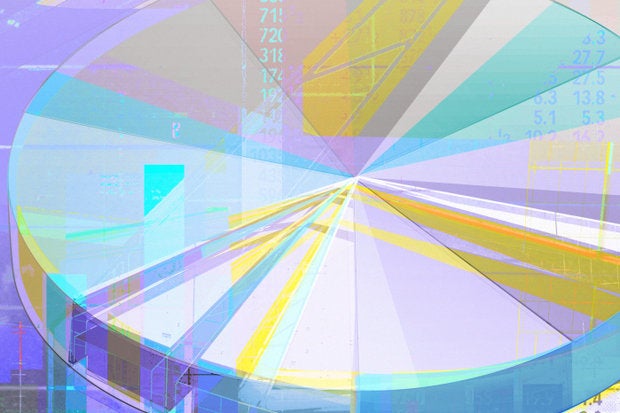Data visualizations have pervaded nearly every aspect of today’s data landscape. Initially conceived of as a means of best presenting analytics results, data visualizations have evolved to affect everything from drag-and-drop approaches to data preparation to visual mechanisms for issuing queries. The ability to visualize data, their relationships to one another and connections to business objectives is central to the notion of data exploration, in which users manipulate these graphical representations for greater understanding of data’s overall meaning. Data visualizations are vital for exploring knowledge graphs, which determine relationships between even seemingly unrelated datasets to indicate their relevance to specific tasks.
By linking together data across the enterprise in a single repository, knowledge graphs offer unparalleled visibility into how data-driven processes can actualize organizational objectives. Understanding the breadth of their perceptivity—the full scope of the relationships uncovered, their pertinence to business processes, and the nuanced meaning of a particular dataset—is best achieved with visualizations enabling users to see these features and modify them with a click on the screen.
By augmenting knowledge graphs with suitable visualizations, organizations can determine insights that would otherwise elude them, most effectively communicate their importance outside the realms of IT or data science, and efficiently do so for multivariate, high-dimensional data.
Hidden insights
Knowledge graphs contain all data related to a specific aspect of the business such as security, fraud detection, or the diagnosis and treatment of healthcare patients. Semantic graphs are ideal for these enterprise-wide data because they align data sets of different sources, formats, types, and models in a uniform manner, focusing on how they interrelate. Users can understand the totality of those relationships and their significance to workflows by actually seeing them with effective graph visualizations.
In health care, such mechanisms can illustrate various patients, patient events, diagnoses, and their relationships to each other with graphical representations identifying correlations between a particular medical condition (such as peanut allergies) and a preexisting condition like asthma.
Users can perform ad hoc, exploratory analysis of different nodes (such as health care events), simply by clicking on them for impromptu questions or those stemming from previous findings. The underlying visual nature of this process enables researchers to see those results, spurring awareness of relationships in data that oftentimes, users didn’t necessarily know they were looking for. Particularly effective visualizations facilitate dynamic interactions (including scripting database queries) for enhanced search, data discovery and analytics capabilities.
Demonstrating insight
The duality of benefits of visually representing relationships and query results in knowledge graphs extends beyond the back offices of IT or data scientists. The same visualizations denoting the significance of data to a business problem are also an integral part of communicating that significance to those who can act on it. Whether that action involves physicians prescribing regiments for patients to avoid future medical conditions based on current ones, or preemptive action for mitigating upcoming security or fraud threats, visualizations best translate the need to do so to nontechnical audiences.
Demonstrating relevance to these and other business problems with graphic representations is a better means of gaining C-level and business user support than simply showing them numbers. Dynamic representations make for compelling presentations, enabling users to manipulate data at will to see for themselves what actions are implied. These visualizations are essential for showing data’s meaning, instead of simply talking about it.
High dimensionality
Data visualizations are indispensable for both exploring and understanding high-dimensional data, such as those regularly used in life sciences. In some instances, however, regardless of how dynamic they are, conventional two-dimensional (2D) visualizations aren’t sufficient for data with approximately ten dimensions or more. In these cases organizations benefit from the added dimension of insight provided by virtual reality (VR), which empowers three dimensional (3D) visualizations for much richer data exploration.
When deployed in conjunction with knowledge graphs, these technologies provide fully immersive experiences in which users leverage their sight for increased situational awareness of high-dimensional data and their relationships to other datasets. The possibilities of the knowledge gleaned from traversing genomes or protein markers, for example, with this technique are countless, and all but impossible to reproduce with standard 2D visualizations. With the amount of VR use cases steadily increasing, this technology represents the future of visualizations.
User experience
Whether deploying flexible 2D visualizations or futuristic 3D ones, these techniques substantially improve the user experience for exploring data in knowledge graphs. The crux of their value is their intuitive ease of parsing through data, which vastly exceeds that of tabular or numerical forms. The primary similarity between 2D and 3D visualizations is they increase understanding of data’s applicability by illustrating relevant relationships users don’t know exist. With the added advantage of their propensity for conveying this importance to nontechnical users, visualizations are critical to capitalizing on knowledge graphs.






